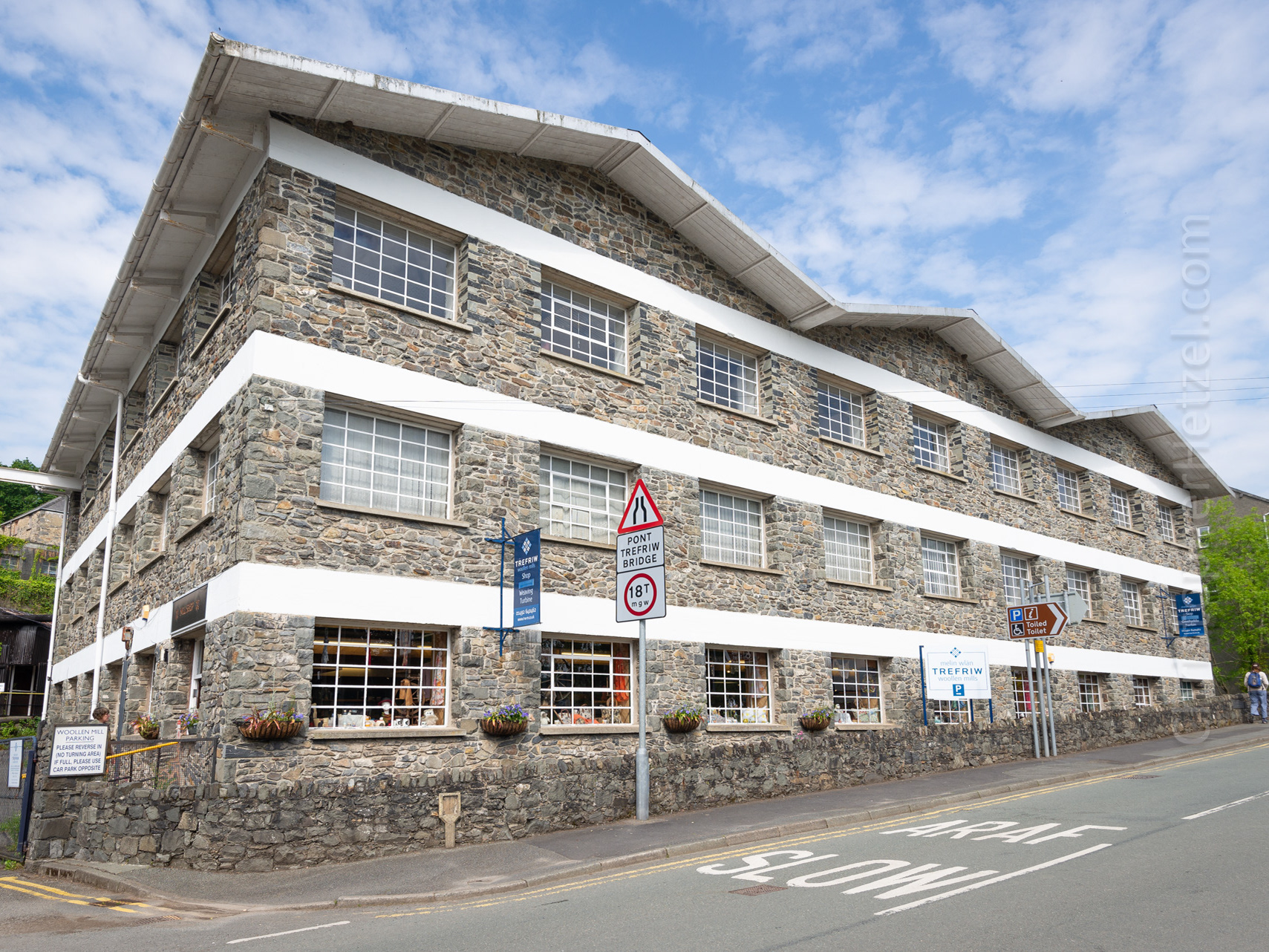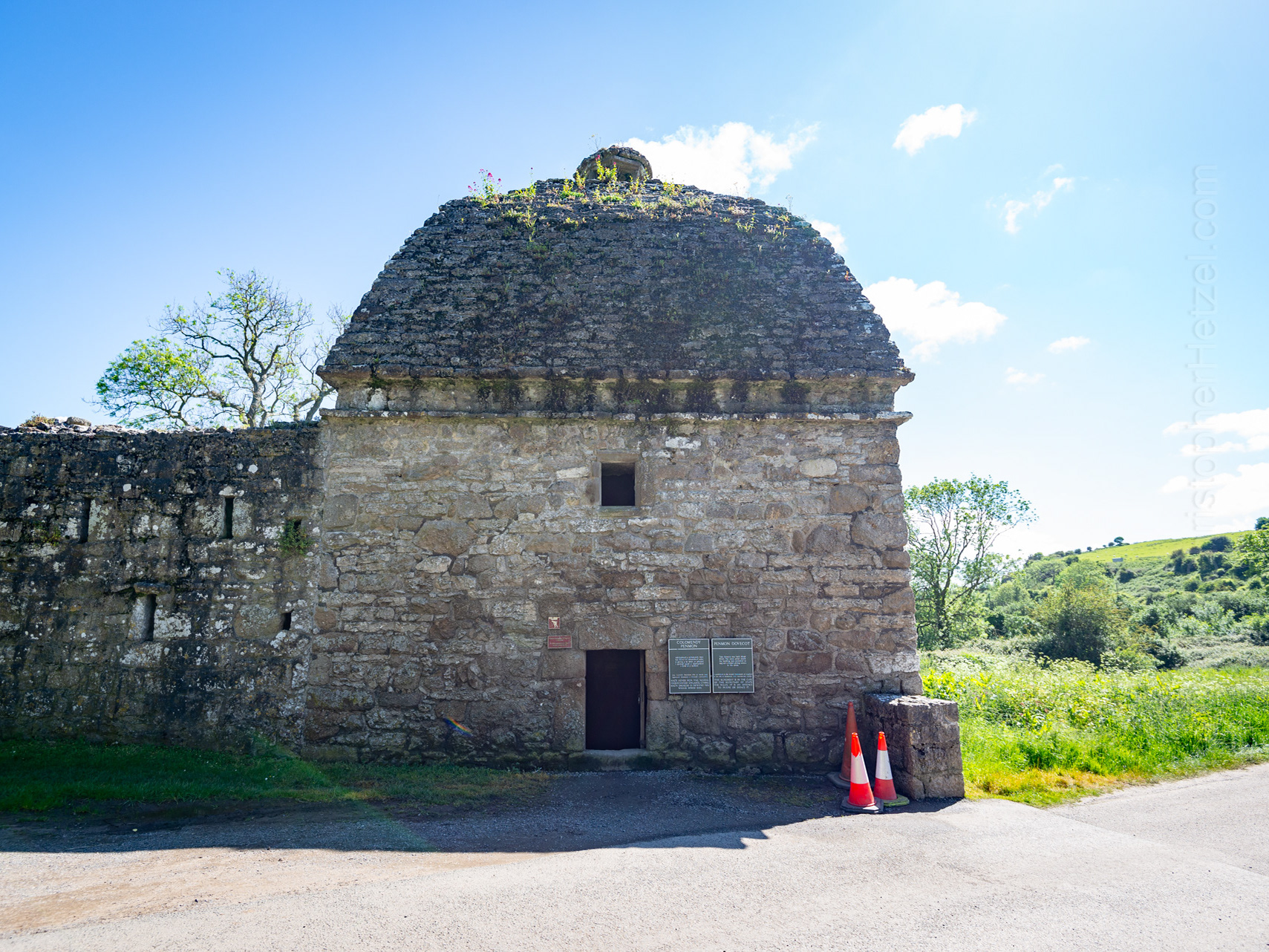Conwy Castle, one of four castles built by England's King Edward I, during his conquest of Wales between AD 1283 and 1287, and now inscribed as the 'Castles and Town Walls of King Edward in Gwynedd' UNESCO World Heritage Site.
UNESCO considers Conwy to be one of "the finest examples of late 13th century and early 14th century military architecture in Europe." It's construction was part of a wider project to create the walled town of Conwy, which extends outward from the castle walls. Divided into an Inner and an Outer Ward, it features eight large towers and two barbicans, with a postern gate leading down to the Conwy River, and what is considered the best preserved suite of medieval private royal chambers in England and Wales.
Built from local and imported stone, the castle occupies a coastal ridge, originally overlooking an important crossing over the River Conwy. Today, three bridges and an underground tunnel serve this crossing: an 1826 chain suspension bridge, an 1848 tubular bridge (the first ever!), a modern 1958 single-arch highway bridge, and a 1991 immersed tube (made from a pre-fabricated tube, floated out and sunk to the river bed.

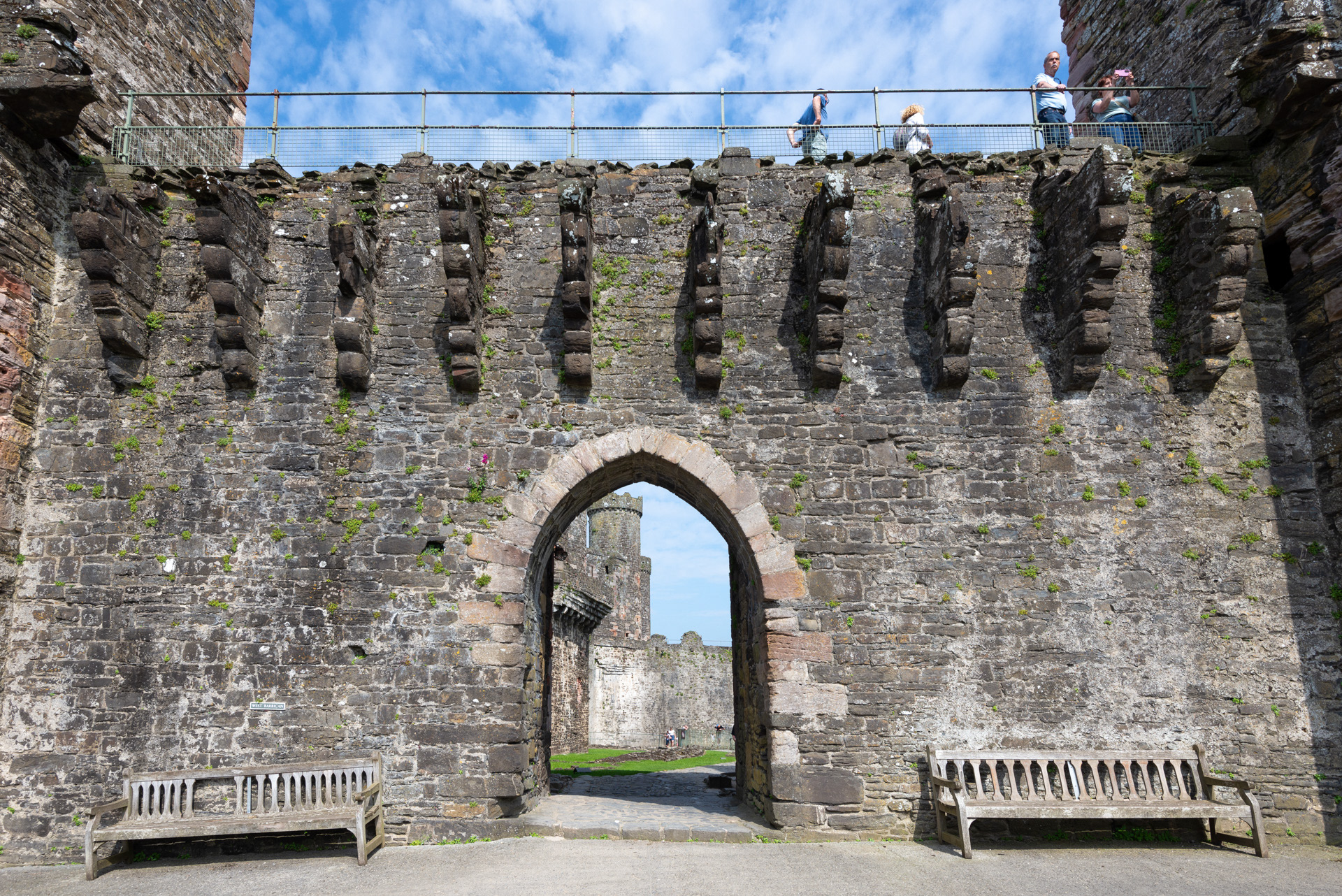


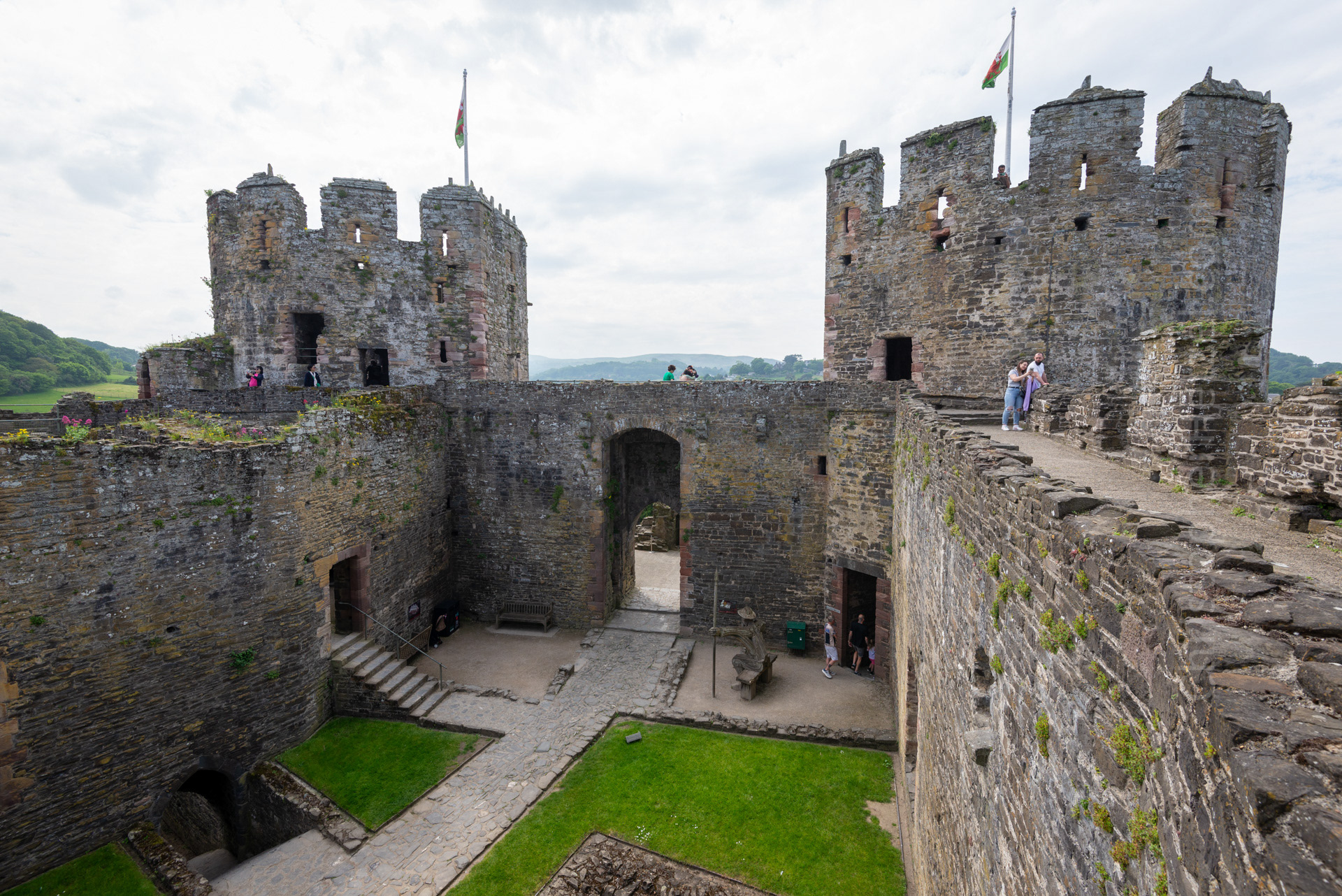


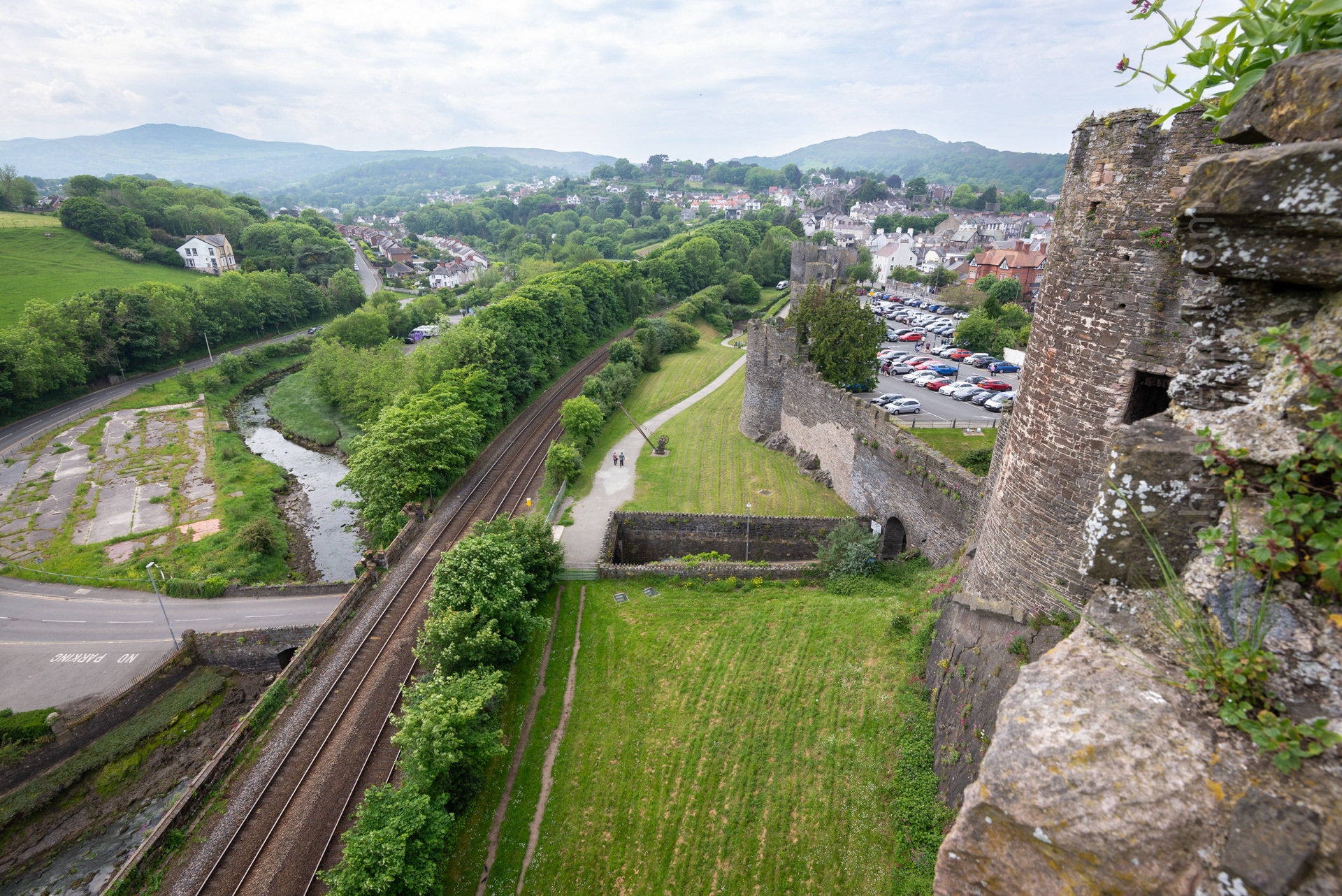

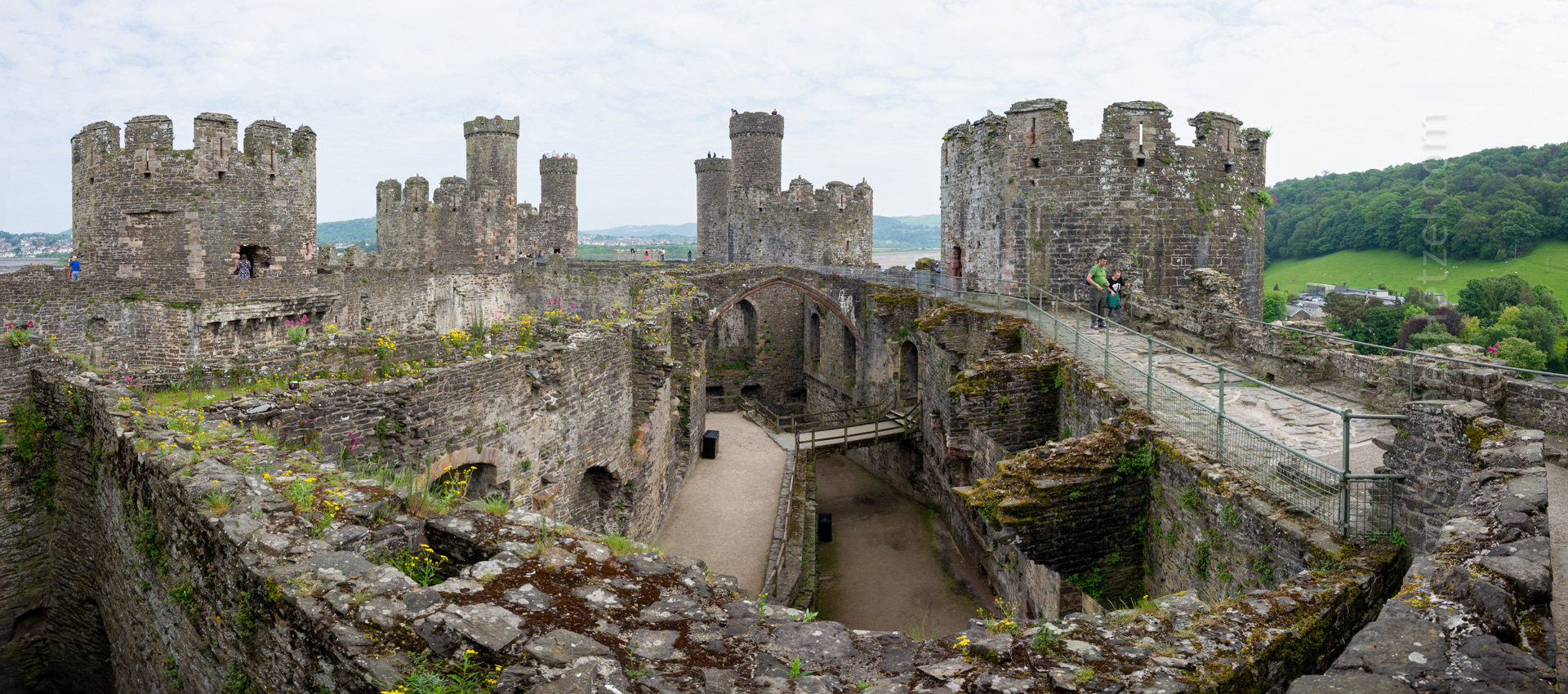
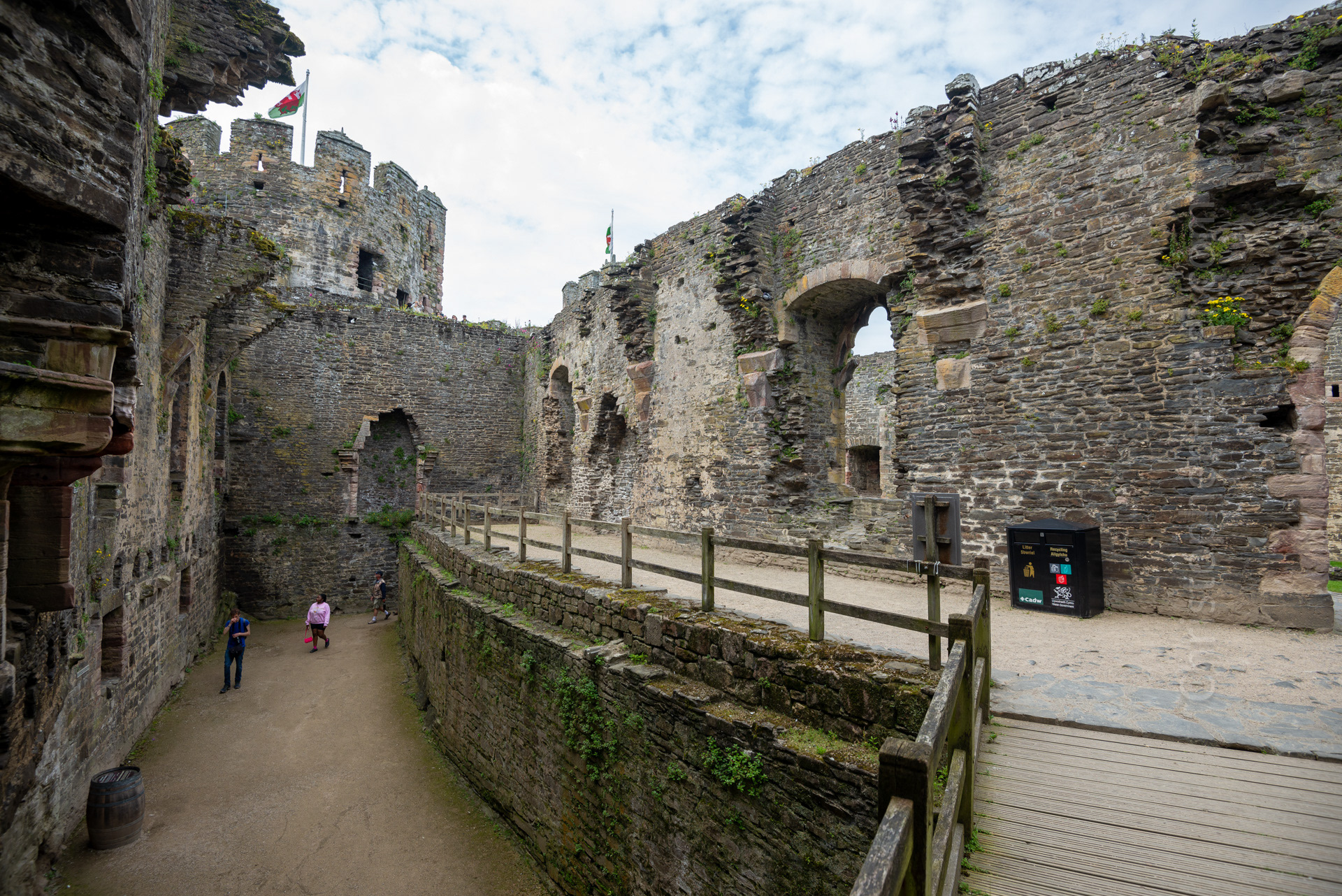
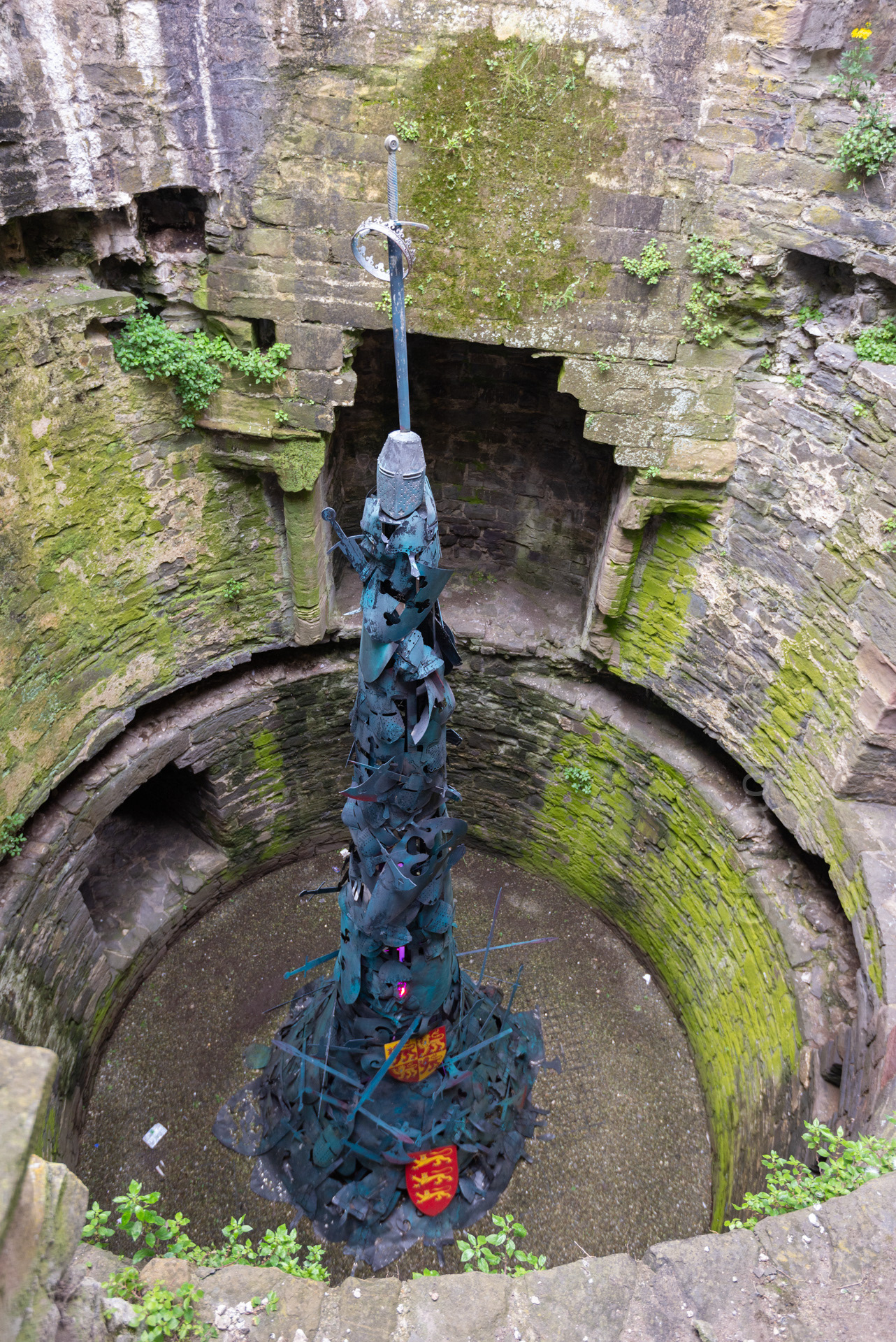


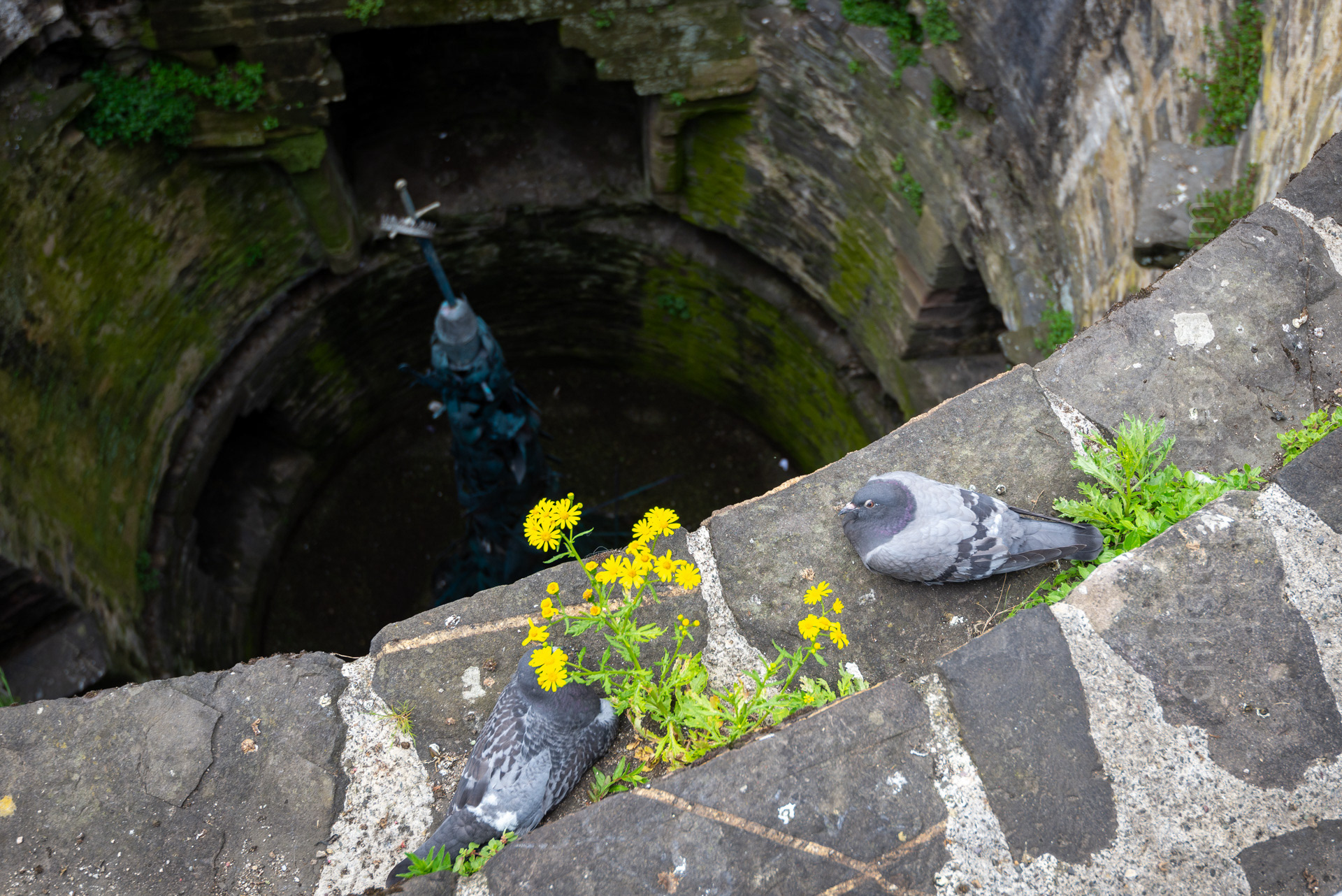
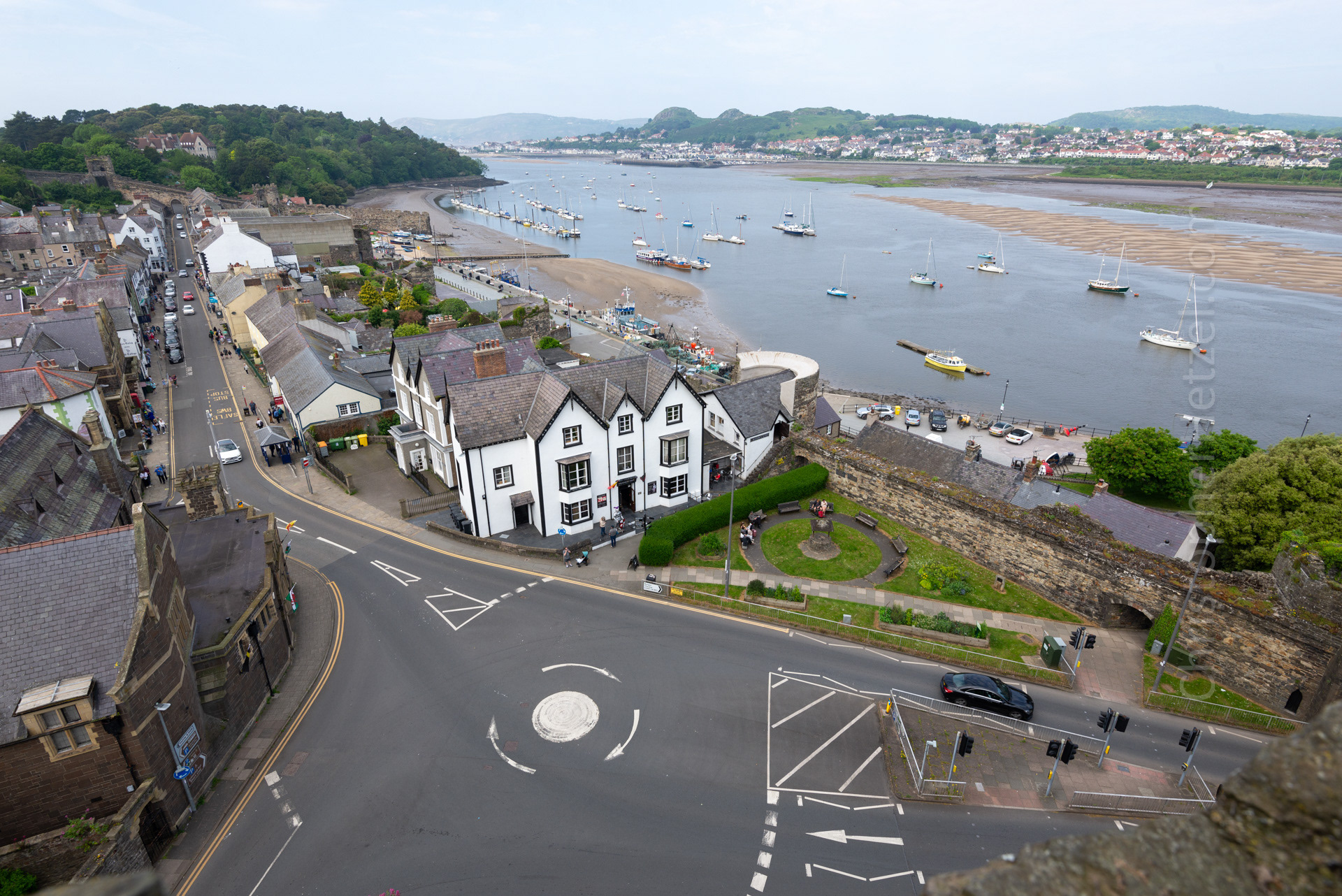

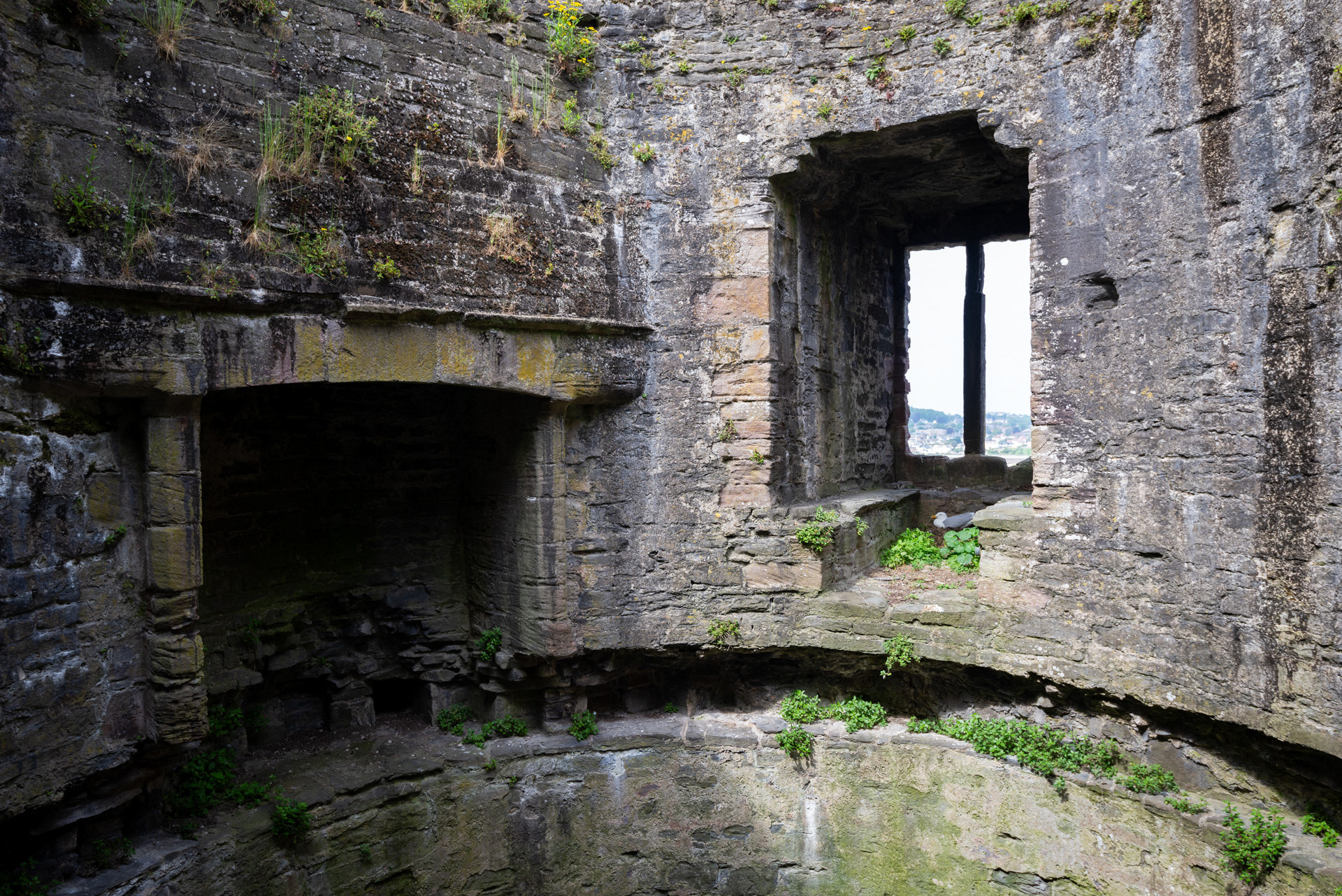

An unrestored spiral staircase, in one of the tall towers.

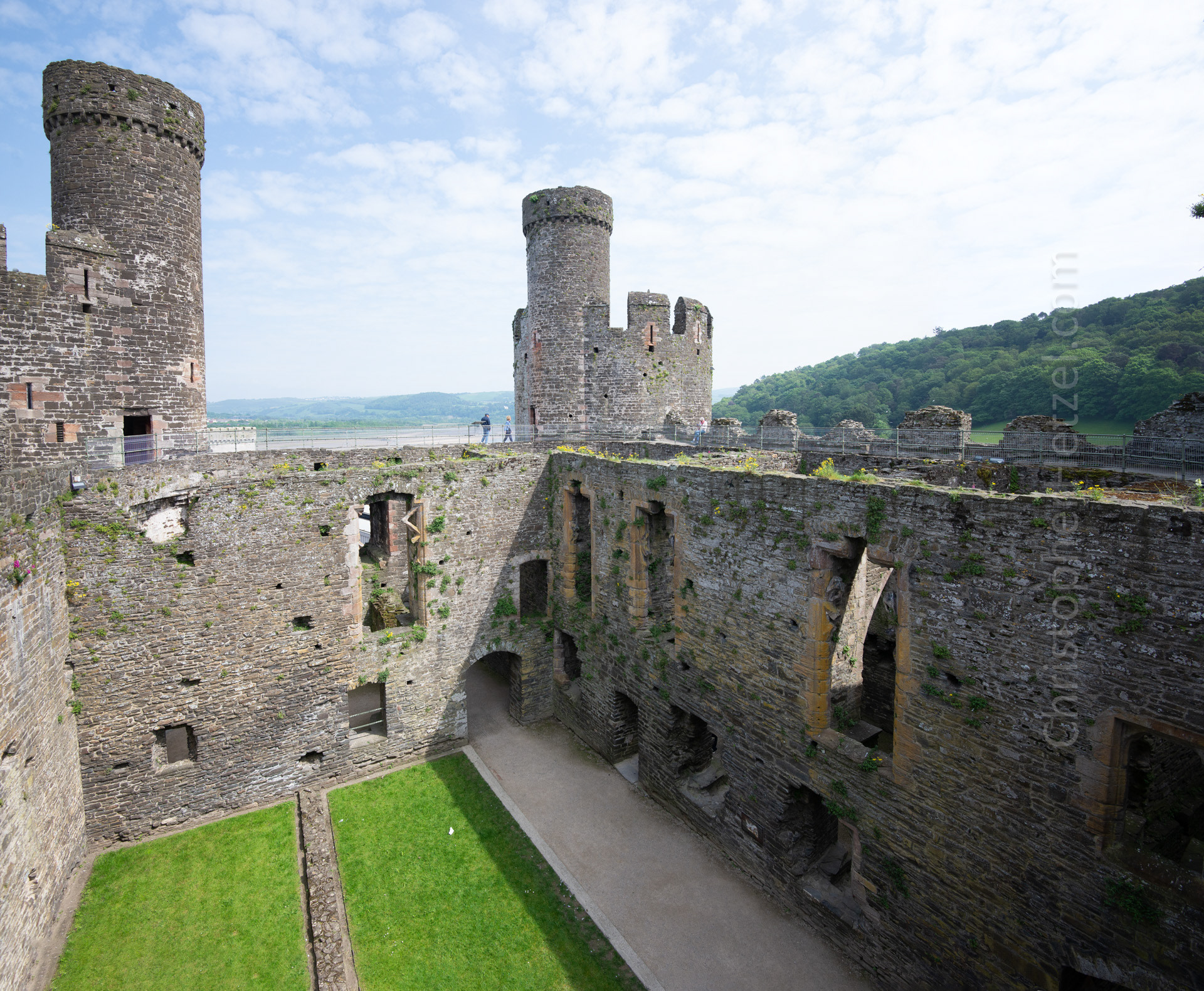

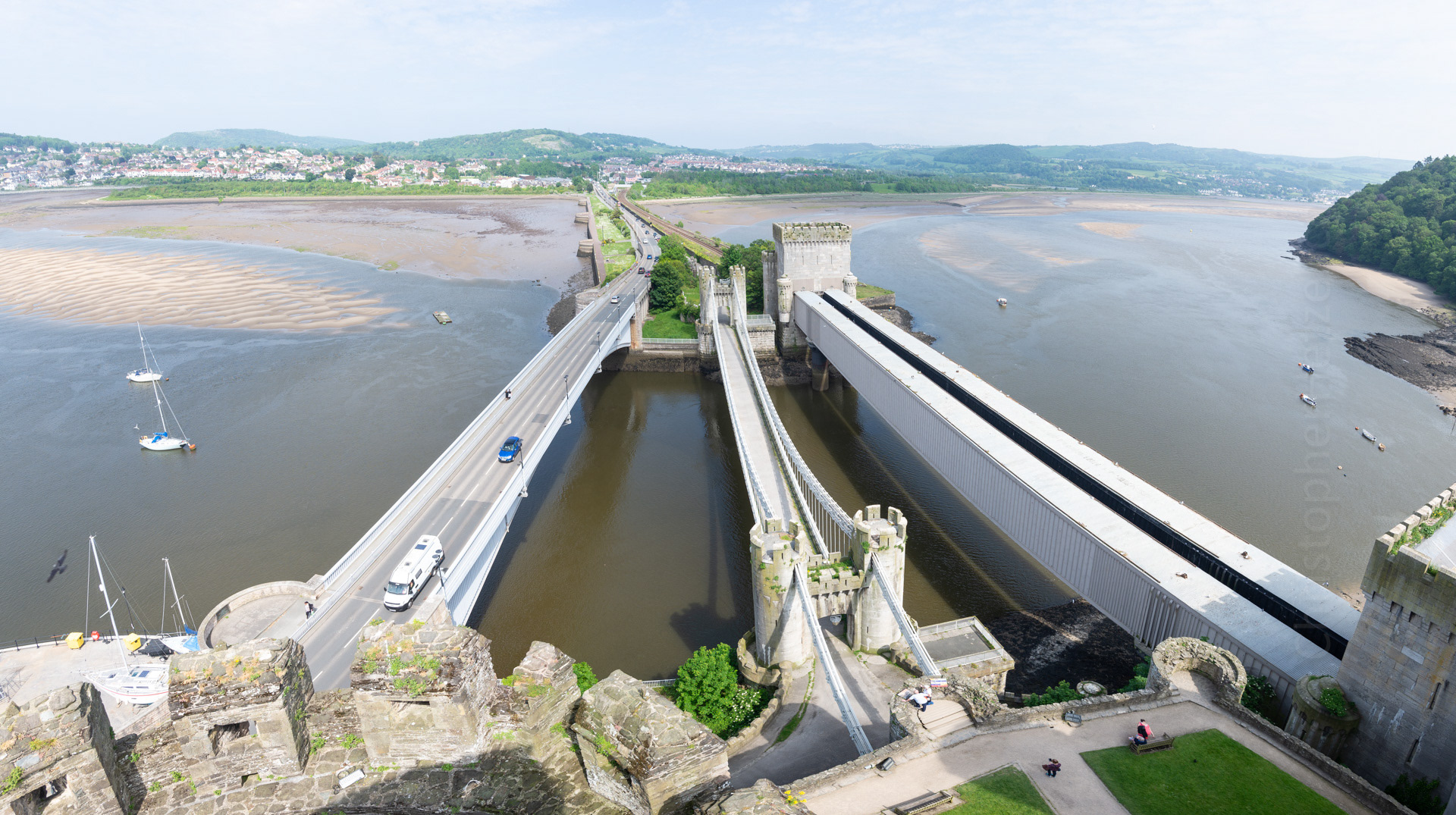
Built from local and imported stone, the castle occupies a coastal ridge, originally overlooking an important crossing over the River Conwy. Today, three bridges and an underground tunnel serve this crossing: an 1826 chain suspension bridge (middle), an 1848 tubular bridge (the first ever! right), a modern 1958 single-arch highway bridge (left), and a 1991 immersed tube (made from a pre-fabricated tube, floated out and sunk to the river bed below.




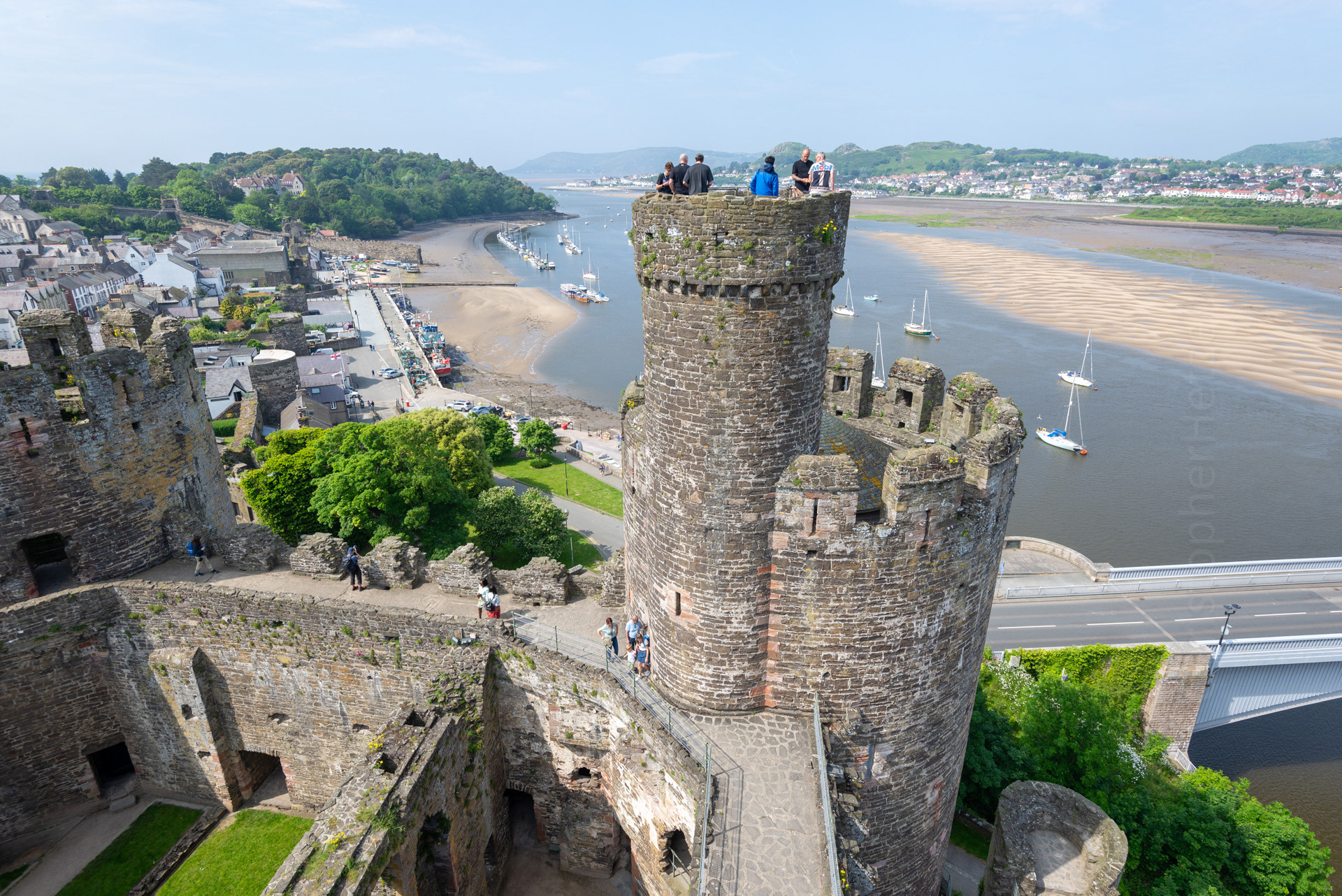


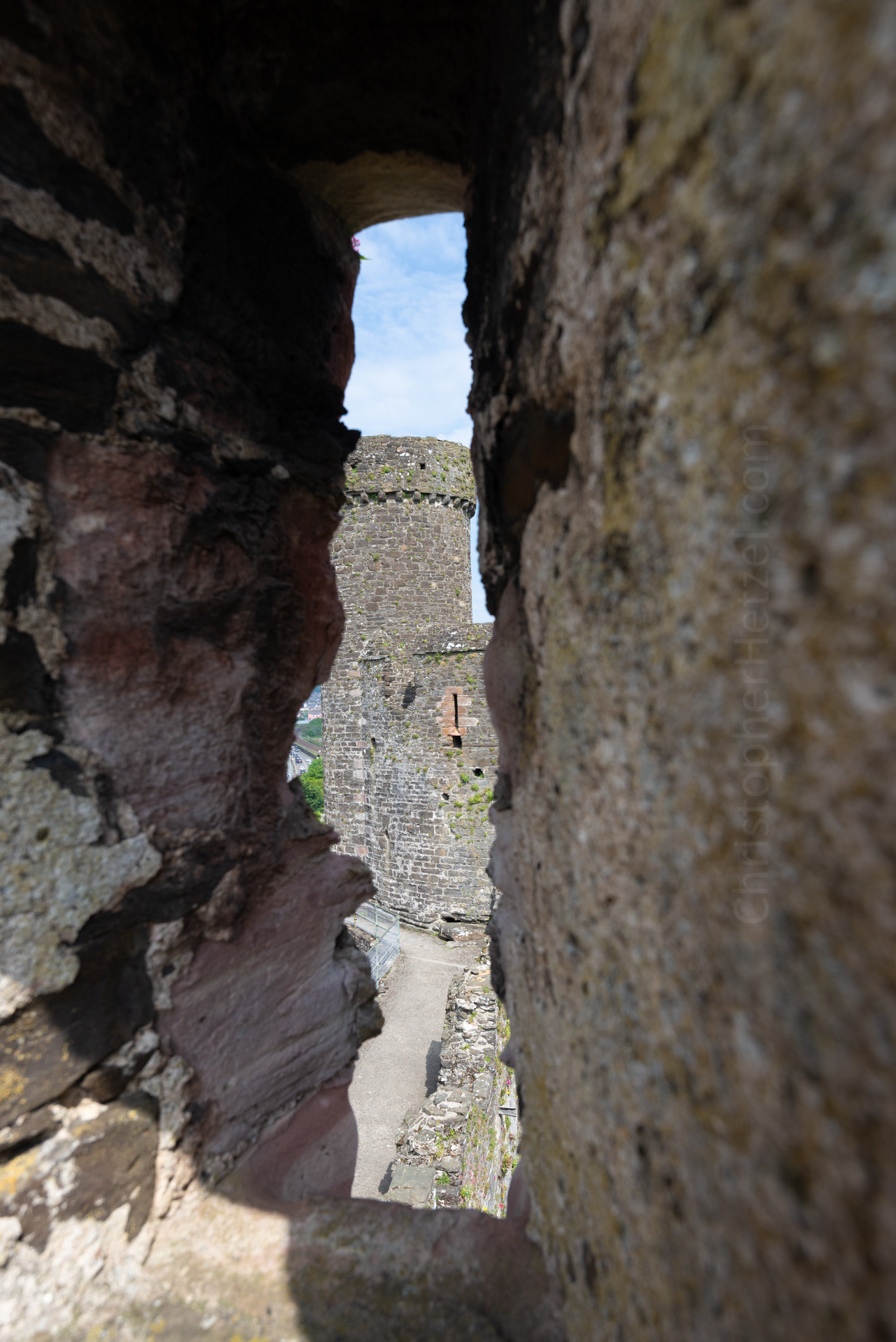
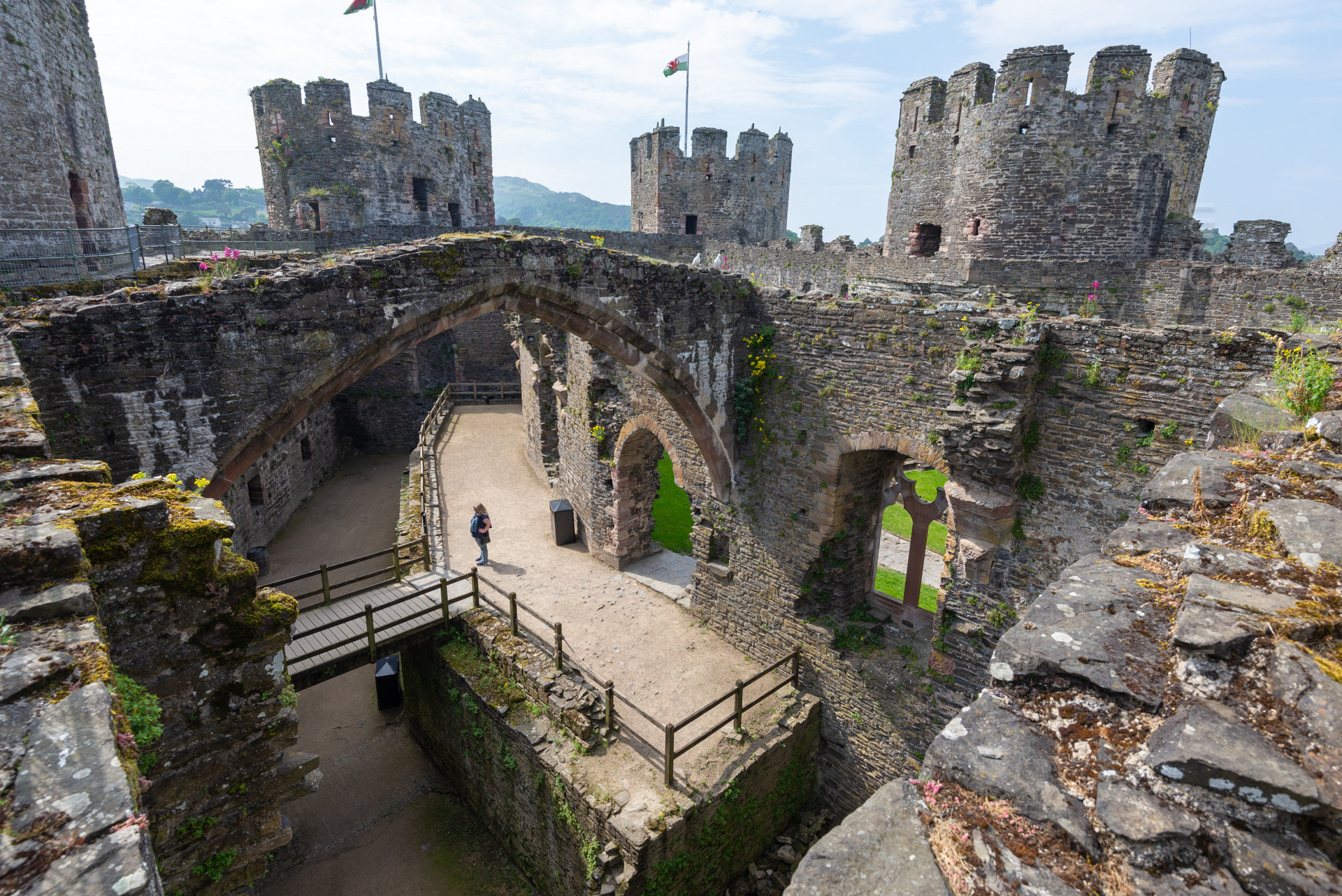

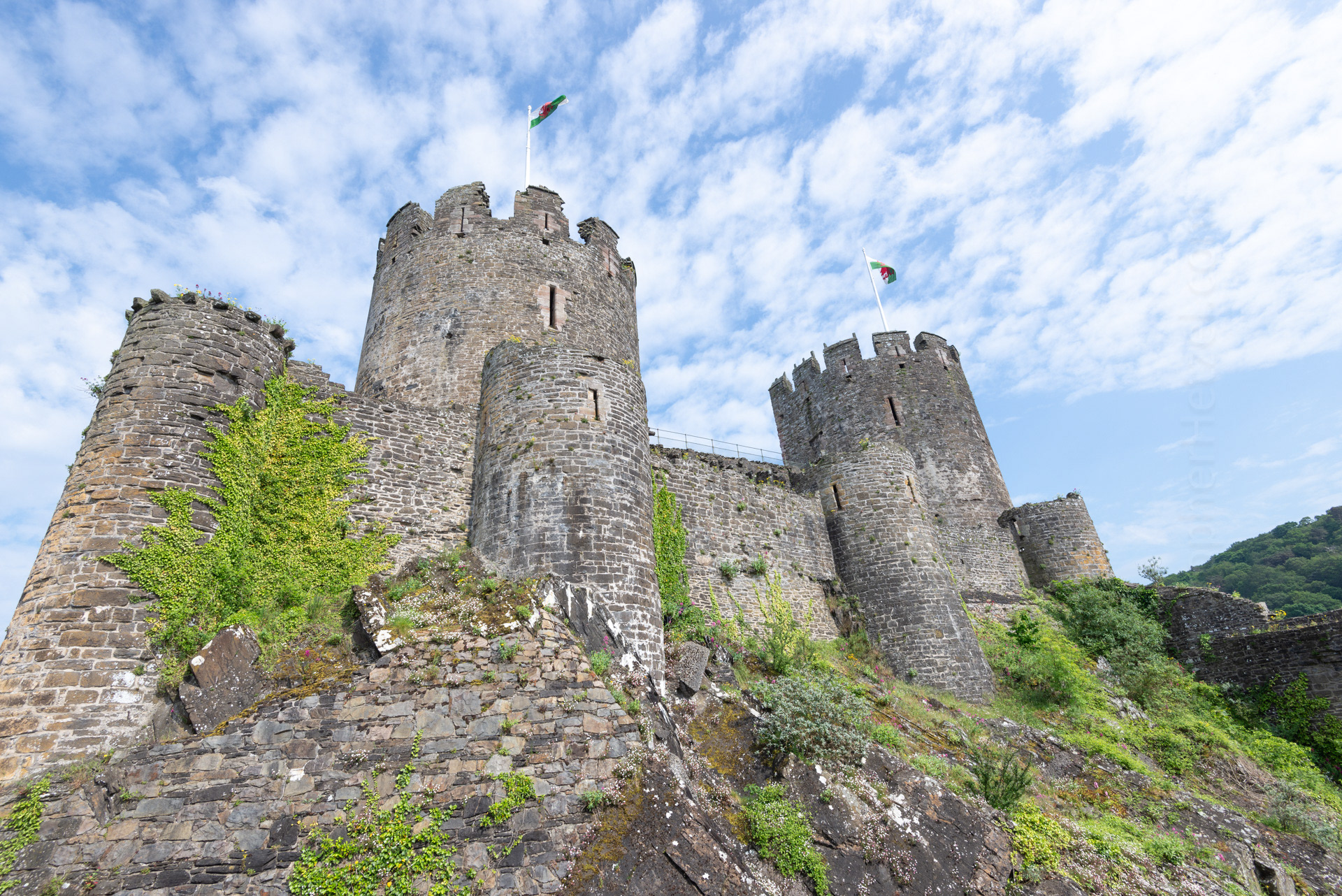
Return to Wales

